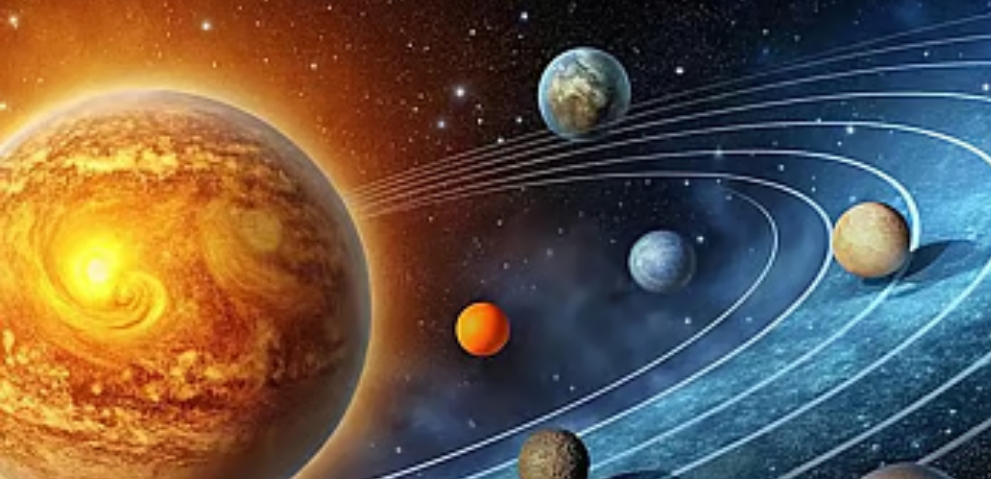Desk Report,
How complex is the solar system?
Many of us only understand How complex the Sun and the eight planets orbiting it as the solar system. Consisting of a large family of planets, moons, dwarf planets, asteroids, comets, and interplanetary dust, each region of the solar system has its own unique characteristics.
How complex is the solar system?
The Sun is at the center of the solar system. It contains 99.86 percent of the total mass of the solar system. The Sun holds all other objects in orbit through its strong gravitational attraction. The Sun is essentially a huge burning ball of hydrogen and helium gas. Light and heat are produced here through the process of nuclear fusion. The inner planets surround the Sun. These planets are called terrestrial planets. The four planets closest to the Sun are Mercury, Venus, Earth, and Mars. These planets are rocky and relatively small. They have solid surfaces, silicate rocks, and metallic cores.
Follow

Solar system photo: Freepik
Many of us only understand the Sun and the group of eight planets revolving around it by the name of the Solar system. Consisting of a large family of planets, satellites, dwarf planets, asteroids, comets and interplanetary dust, each region of the Solar system has its own characteristics.
The Sun is at the center of the Solar system. It contains 99.86 percent of the total mass of the Solar system. The Sun holds all other objects in orbit through its strong gravitational attraction. The Sun is basically a huge burning ball of hydrogen and helium gases. Light and heat are produced here through the process of nuclear fusion. The inner planets surround the Sun. These planets are called terrestrial planets. The four planets closest to the Sun are Mercury, Venus, Earth and Mars. These planets are rocky and relatively small. They have solid surfaces, silicate rocks and metallic cores.
Mercury is the closest planet to the Sun and the smallest planet in the Solar System. It has no natural satellites and a thin atmosphere. The temperature during the day is very high and the temperature at night is very low. Right after it is Venus. It has a thick carbon dioxide-rich atmosphere. A hot and volcanic planet is Venus. Venus is the hottest planet in the Solar System and has no natural satellites. After Venus is Earth. It is the only planet known to have life. Earth has liquid water, an oxygen-rich atmosphere, and a natural satellite, the Moon. Right after it is Mars. Mars is a cold planet with a rough, reddish surface and a thin atmosphere. It has two small natural satellites, Phobos and Deimos.
Right after Mars is Jupiter. Millions of rocky and metallic objects orbit the Sun in the region between the orbits of Mars and Jupiter. Their sizes can range from a few meters to a few hundred kilometers. The dwarf planet Ceres is the largest object in this belt. The outer planets of the solar system are located after this belt. They are known as gas giants. Jupiter, Saturn, Uranus, and Neptune are quite large and gaseous planets. They do not have solid surfaces. They are mainly composed of hydrogen and helium gases. They all have their own ring systems and numerous natural satellites.




